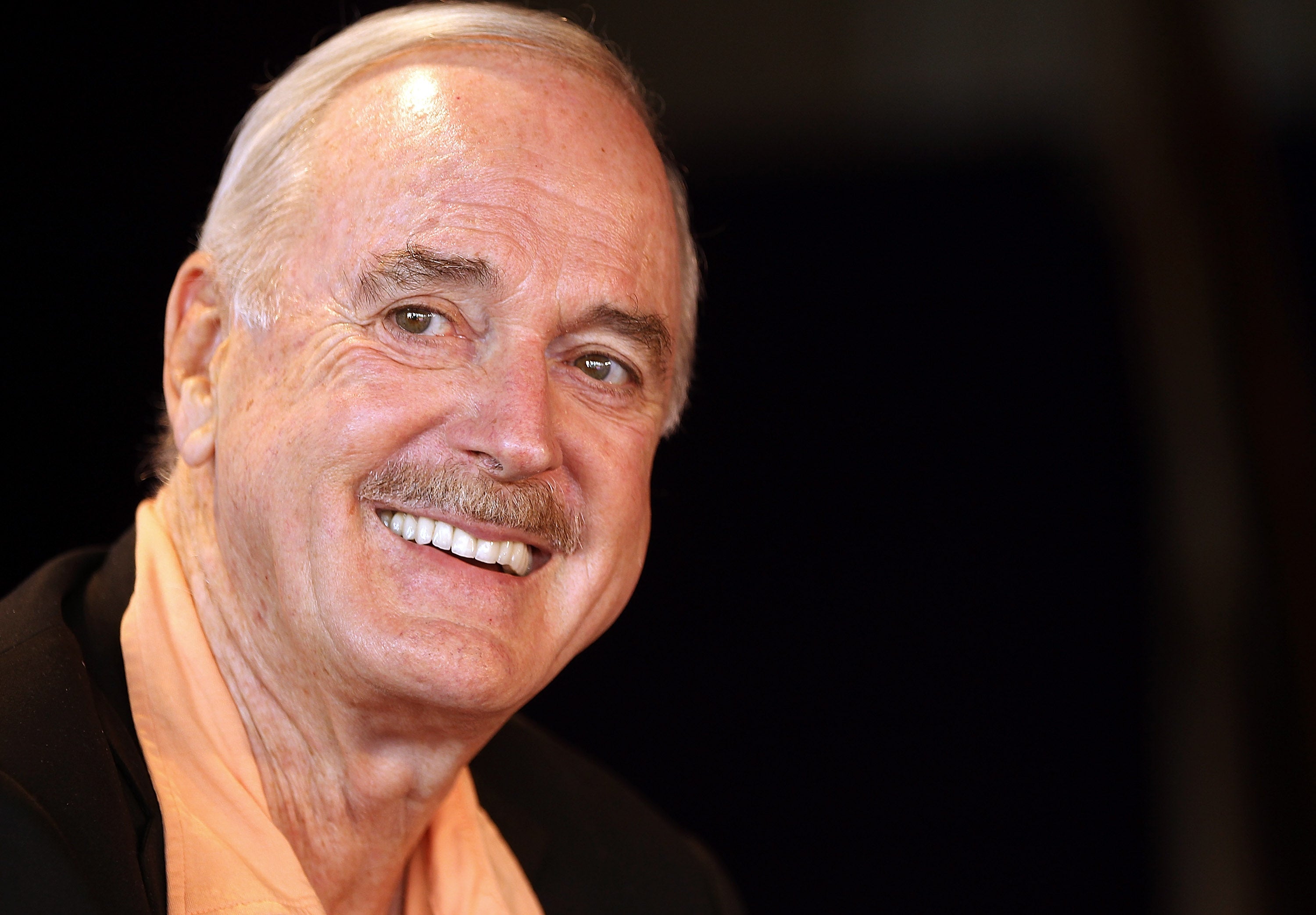In our first week, while discussing how story worlds are created and presented, we spent a lot of time talking about the notion of these worlds as “what if?” scenarios. What if our idyllic life was an enormous reality TV show? What if a magical world existed parallel to our regular one? What if society had evolved without the concept of lying? Sometimes these scenarios can be a massive change to our world, and sometimes they’re simply the introduction of something unfamiliar into the familiar. Amazon’s TV series Man in the High Castle presents us with a familiar yet very unfamiliar 1960s America where Japan and Nazi Germany won World War II and have since occupied and partitioned the United States à la East and West Germany; some of the first shots we’re treated to include a Times Square filled with Nazi Propaganda and a view over a San Francisco with a noticeably Japanese architectural aesthetic.

Nazis have been a staple as antagonists in Western cinema and television pretty constantly since the war, and we’ve had thousands of depictions of the SS and other arms of the German war machine both in period pieces and in speculative or science fiction pieces depicting their revival (2012’s Iron Sky, in an outlandish example, depicts a persisting Nazi presence on the Moon that returns to invade earth in 2018). However, what Man in the High Castle does interestingly is not its depiction of Nazis as military occupiers, a form in which we have seen them countless times, but instead a focus on Nazi peacetime society. How do adherers to Nazi ideology live now that the war is over and their dream has been realised? How does the everyday East Coast American, subject to Nazi rule, conform with their society?
Despite the prevailing ideology, many customs and practices we see in depictions of late 1950s and early 1960s middle class American life persist. The first American Nazi family we meet lunch together in a scene that reminded me of the Draper residence from Mad Men; the dining room is very well-to-do, the little girls are dressed in modest but intentionally fine dresses, the mother similarly so but with a white apron around her waste. The father, Obergruppenfuhrer John Smith, is dressed a war veteran or working military officer might at Sunday lunch, in his olive military uniform studded with various medals and commendations; the only difference is the Imperial Eagle pinned to his breast and swastika band around his arm. The son, similarly, looks like a Boy Scout, in a light brown shirt and shorts with a small neckerchief; of course, the swastika on his arm implies this is the dress code of the Hitler Youth. The parallels between American society and the one presented here are intentional; many of the practices these upper middle class people are engaged in are only made “Nazi” by the symbols of the occupying force.
These parallels continue: the family’s son strives to achieve in school, particularly in the subject of “Aryan history”; as class begins, the children swear allegiance to the Reich in a catechism directly mimicking that of the modern day American Pledge of Allegiance; handshakes with superiors are replaced with a salute and a “Sieg heil!”; clean family cars drive through spotless suburban streets and houses with white picket fences. On phone booths and cigarette packets, the swastika takes a prominent place, which is disconcerting when you notice how often it just replaces the American flag. Even the aforementioned scene in Times Square reminds us of the omnipresence of visual advertising and American symbolism.

However, the intrigue in Man in the High Castle isn’t just in its parallels between peacetime middle class life in America and a Nazi alternate history; the point it may be trying to make is that life often doesn’t change for the better off classes, no matter the political situation. It’s the differences that make you realise how fundamentally Nazi ideology has altered the functioning of society. In one scene, a doctor tells the aforementioned John Smith that his son has a rare genetic disorder that will leave him, it is implied, physically disabled. Of course this would be an upsetting discovery for any father to make; however, in the Greater American Reich, those who are not of good genetic stock are subject to extermination. The fact that he has a son with a genetic disorder would threaten Smith’s work-related ambitions; a man whose genetic stock is inferior would be questionably inferior himself. So, as the doctor informs Smith, the common and correct course of action is to quietly kill his son himself, so no one will ever discover his genetic imbalance.
Man in the High Castle has plenty of other interesting ideas and worlds presented within it, particularly that of Japanese-occupied San Francisco and a budding resistance movement present in the forgotten Rocky Mountains. However, what is most interesting for this particular part of the series, the lives of everyday middle class Nazi Americans, is how accepted this potential course of action is; if someone is of inferior genetics, then they must be exterminated without qualms, even if it is your own child. This intrusion of hardline Nazi ideology into what has otherwise been an idyllic, family-oriented and peaceful world is what hits you the hardest.
I’m not really sure how I can relate this to my own practice; maybe I will keep in mind the techniques the producers of the series use to subtly create this world that is so familiar yet so startlingly different if my own chosen story world embraces this concept of “the unfamiliar in the familiar”. However, I wished to record these thoughts nonetheless as I think they show very strongly the strength of a well-crafted, all-encompassing and expansive story world, where the rules are adhered to very strictly.







